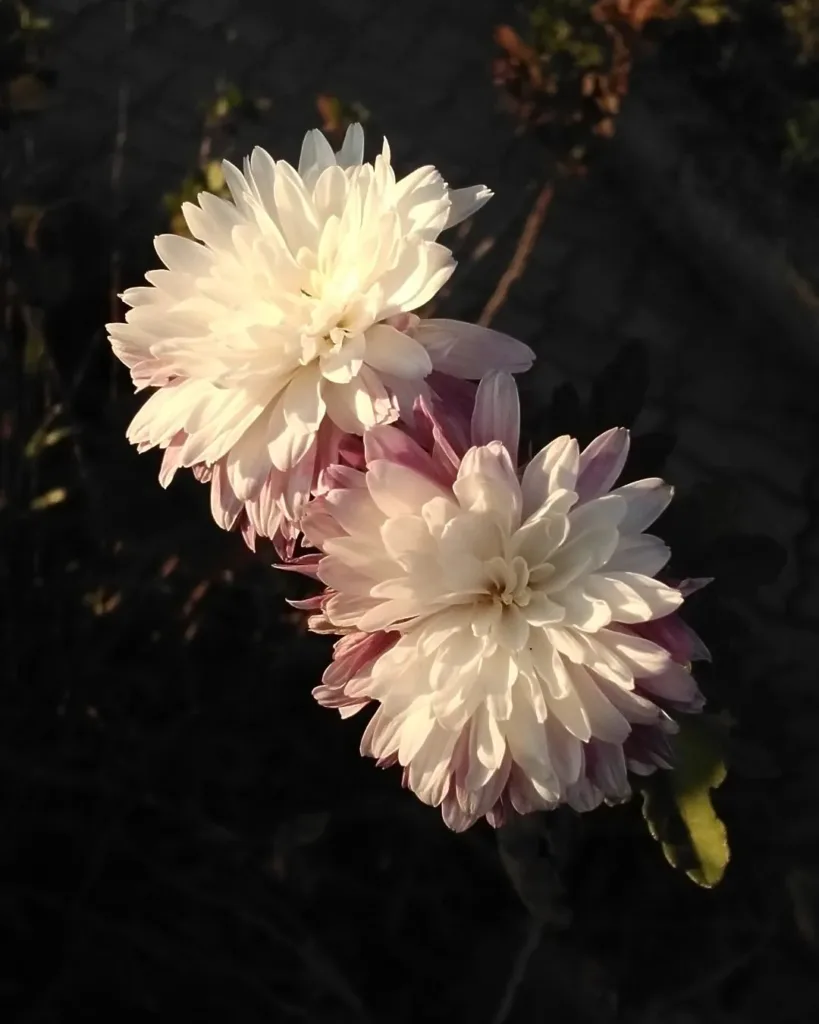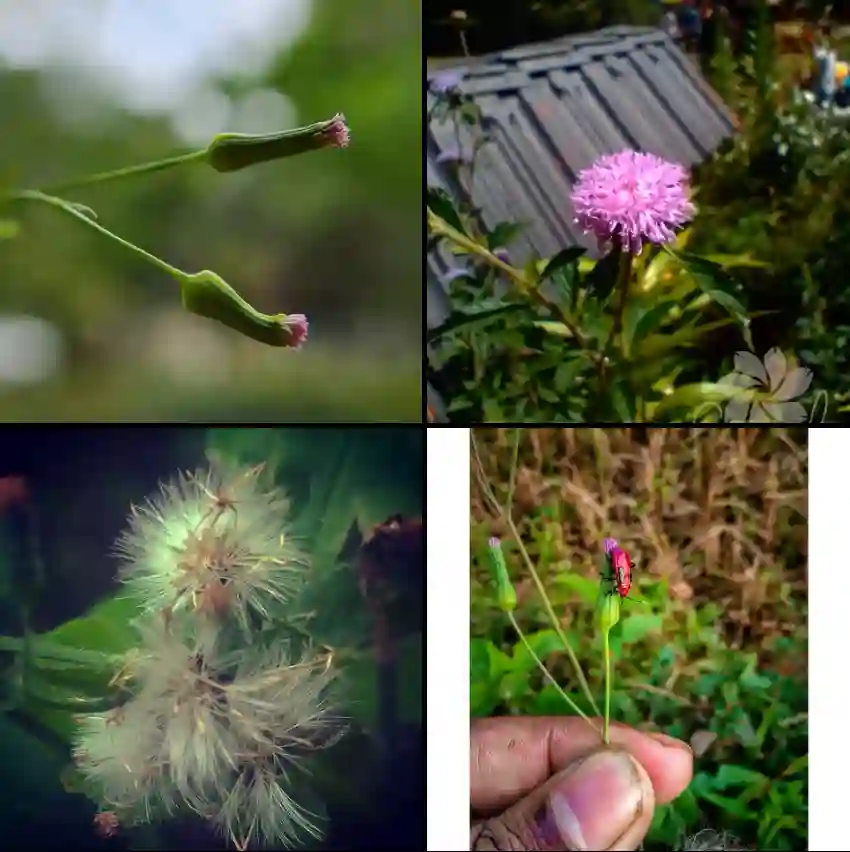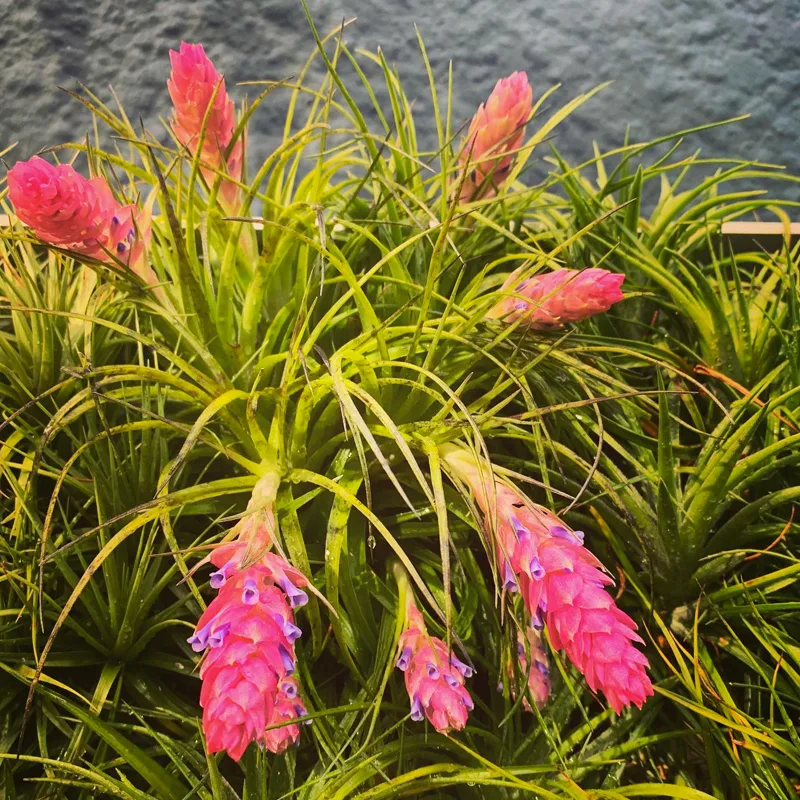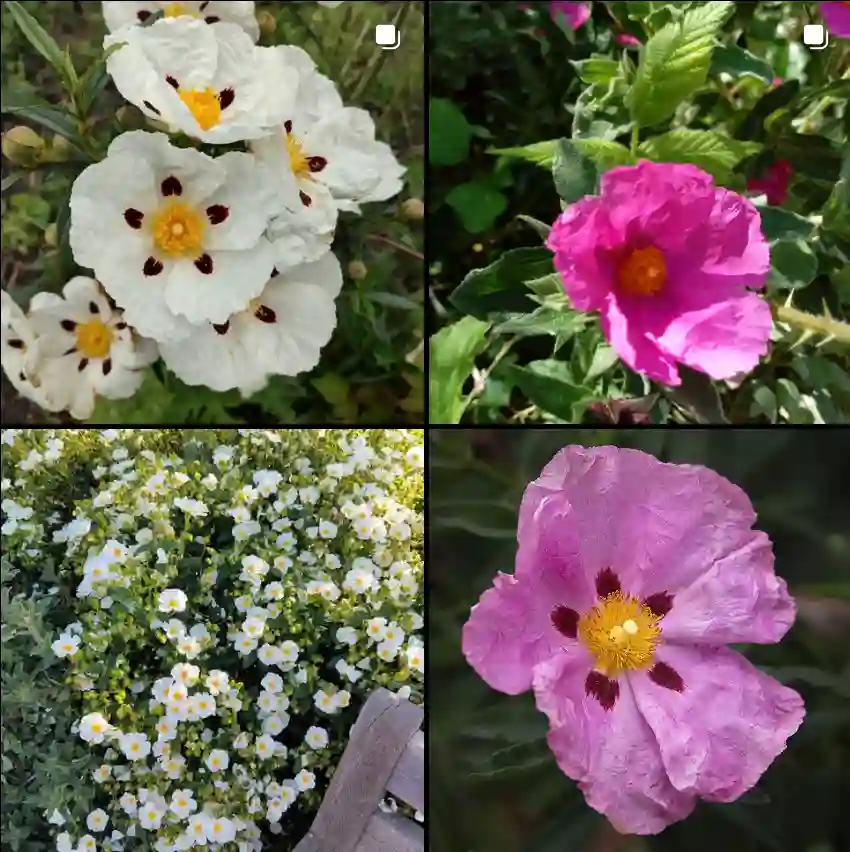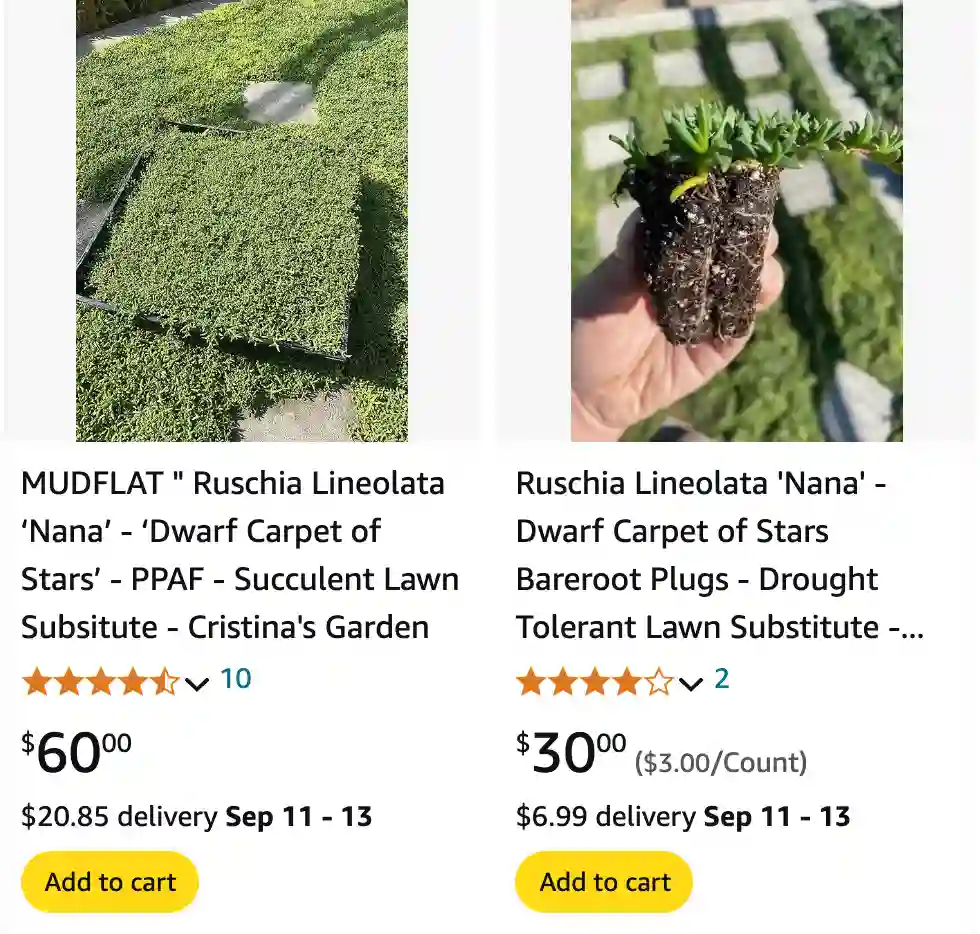
What Is Ruschia Nana?
I’ve been fascinated by Ruschia Nana for a while now. This charming succulent, often referred to as the “Miniature Carpet of Jade,” is known for its vibrant green, fleshy leaves and its ability to create a lush, mat-like ground cover. Belong to the Aizoaceae family and native to South Africa, it thrives in arid conditions, making it an excellent choice for low-maintenance gardens. Its small, dense foliage and beautiful purple blooms in spring add a unique touch to any garden.
Plant Family: 137 Genera in Aizoaceae
Where to Buy Ruschia Nana?
If you’re looking to add Ruschia Nana to your collection, there are several avenues you can explore. I’ve had the best luck finding this plant at specialized succulent nurseries and local garden centers that focus on cacti and succulents. Online retailers are also a great option. Websites like Etsy, Amazon, and dedicated succulent shops often carry Ruschia Nana, and sometimes you can even find them at discounted prices. When buying online, always check the seller’s reviews to ensure you’re getting a healthy plant.
How to Care for Ruschia Nana?
Caring for Ruschia Nana is relatively straightforward, which is one of the reasons I love it. Here’s a brief guide:
- Sunlight: Ruschia Nana thrives in full sun. It’s best to place it in a spot where it gets at least 6 hours of sunlight each day. If you’re growing it indoors, a south-facing window works well.
- Watering: This succulent is drought-tolerant, so it doesn’t need frequent watering. Allow the soil to dry out completely between waterings. Overwatering can lead to root rot, which I’ve learned the hard way.
- Soil: Use a well-draining soil mix. A cactus or succulent mix works perfectly. Adding perlite or sand can improve drainage.
- Temperature: Ruschia Nana prefers temperatures between 60°F and 80°F. It can tolerate a light frost but should be protected from freezing temperatures.
How to Propagate Ruschia Nana?
Propagation is one of the most rewarding aspects of growing Ruschia Nana. I’ve had success propagating this succulent from cuttings:
- Take Cuttings: Use a clean, sharp knife or scissors to cut a healthy, mature segment of the plant.
- Let Them Callus: Allow the cuttings to dry and callus over for a few days to prevent rot.
- Plant: Once callused, plant the cuttings in a well-draining soil mix. Water lightly until roots develop, then care for them as you would the parent plant.
What to Plant With Ruschia Nana?
Ruschia Nana pairs beautifully with other drought-tolerant plants. I’ve enjoyed combining it with varieties like Echeveria, Sedum, and various types of succulents and cacti. The contrasting textures and colors create a visually appealing arrangement. Additionally, planting it alongside ground covers like Creeping Thyme can provide a lush, mixed ground cover effect.
Can You Grow Ruschia Nana Indoors?
Yes, you can grow Ruschia Nana indoors, though it requires some attention to lighting. Place it near a bright, south-facing window where it can get ample sunlight. If natural light is insufficient, consider using a grow light to supplement. The plant’s compact size makes it a great choice for indoor gardening.
Is Ruschia Nana Toxic?
Good news—Ruschia Nana is non-toxic to humans and pets. I’ve never had issues with it being harmful, which makes it a safe choice for homes with children or pets.
Benefits of Growing Ruschia Nana
Ruschia Nana offers several benefits:
- Low Maintenance: Its minimal water requirements and hardy nature make it an easy-care plant.
- Aesthetic Appeal: Its vibrant green color and purple flowers add beauty to any garden or indoor space.
- Ground Cover: It spreads efficiently, creating a lush, carpet-like ground cover.
Common Problems with Ruschia Nana
While Ruschia Nana is relatively hardy, there are a few issues you might encounter:
- Overwatering: This can lead to root rot. Ensure the soil dries out between waterings.
- Pests: Watch out for common pests like aphids or mealybugs. Regular checks can help you catch and treat infestations early.
Compare with Other Similar Plants
If you’re considering alternatives to Ruschia Nana, you might look at other ground-cover succulents like Sedum Spurium or Portulacaria Afra. Both have similar care requirements but offer different aesthetics. Sedum Spurium has a more reddish tone, while Portulacaria Afra has a bushier appearance.
In conclusion, Ruschia Nana is a fantastic choice for both seasoned gardeners and beginners. Its ease of care, striking appearance, and versatility make it a valuable addition to any collection. Whether you’re buying it from a nursery or propagating it yourself, this succulent can bring a touch of beauty and low-maintenance charm to your home or garden.
If i die, water my plants!
